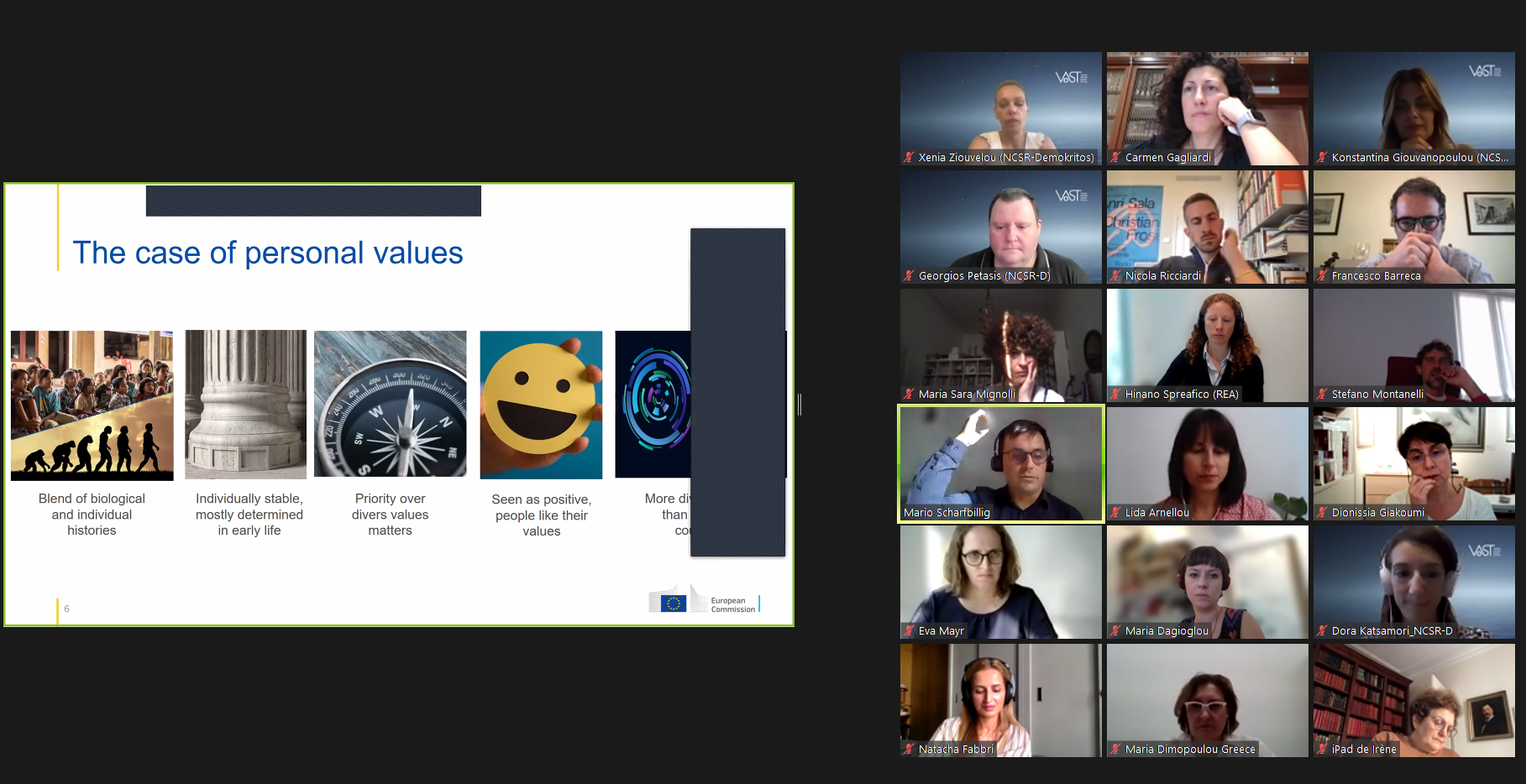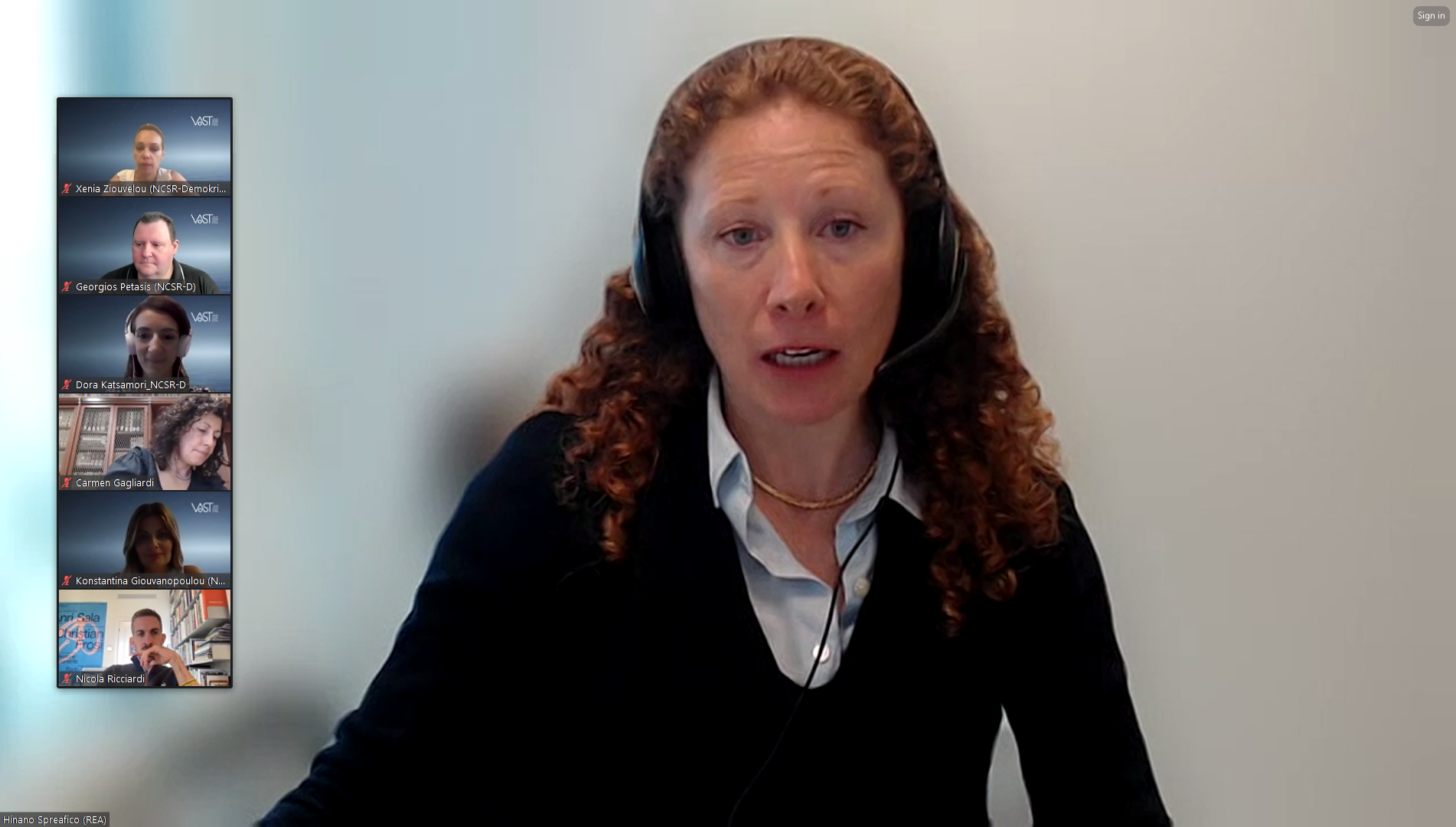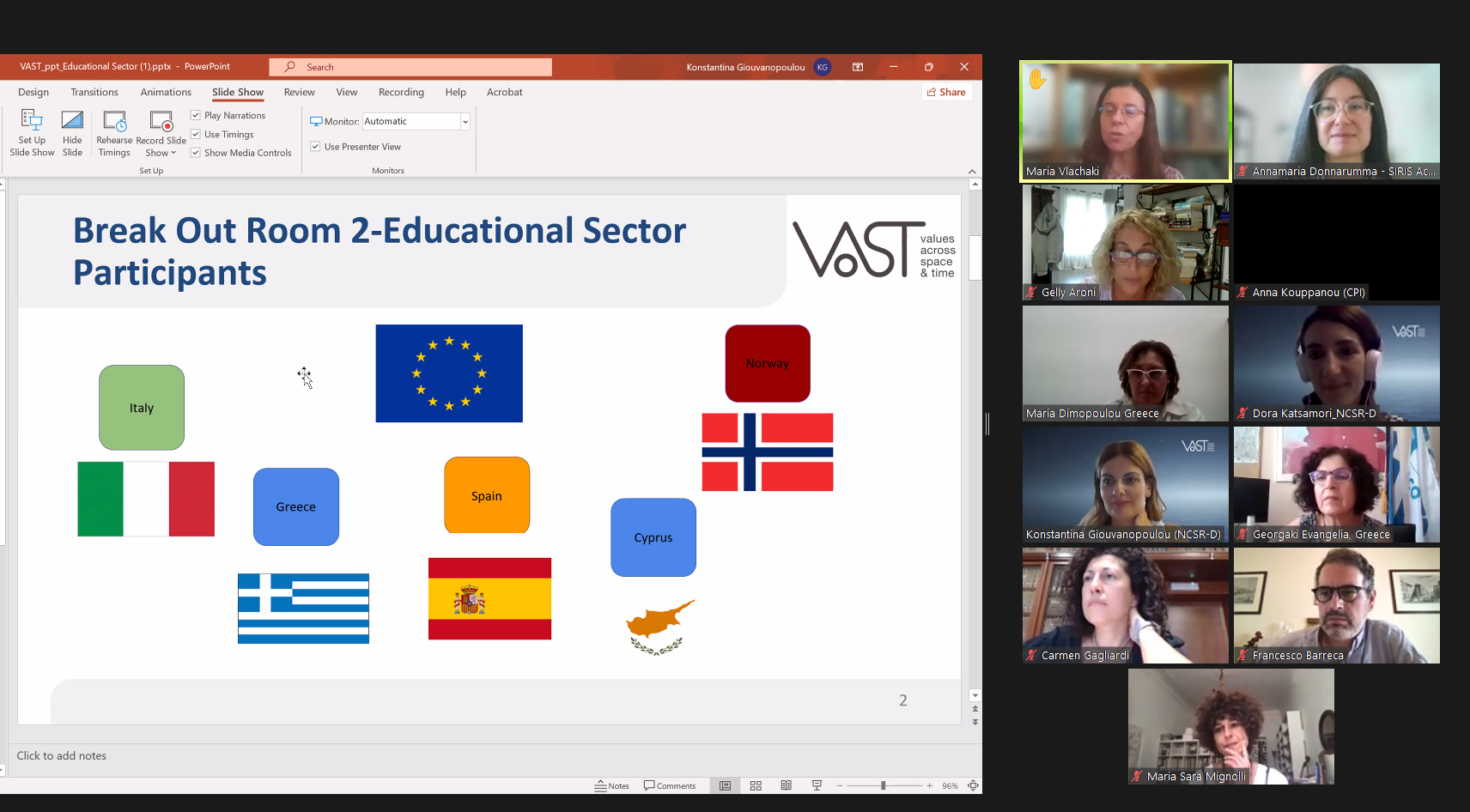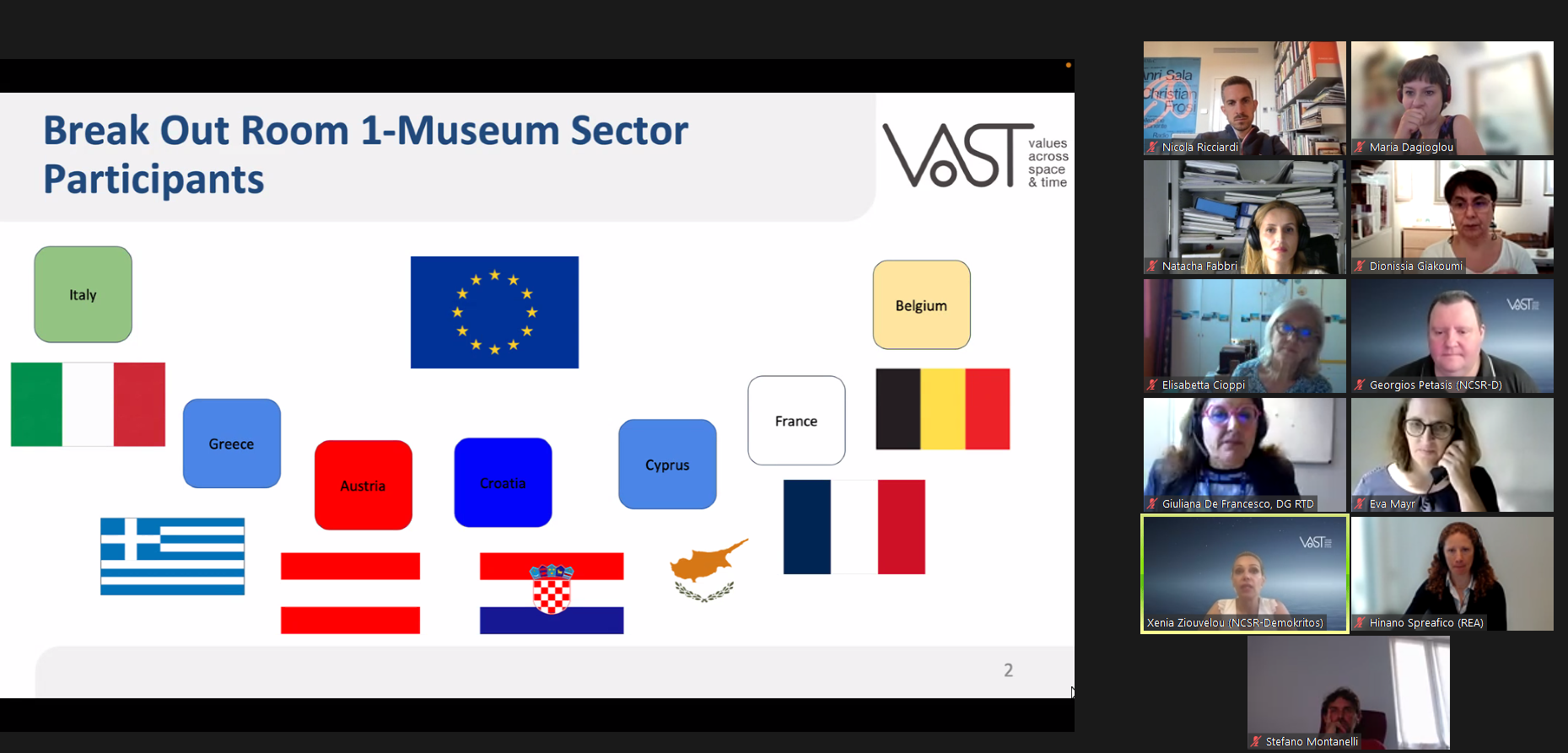The Scuola Primaria Morosini is the first educational Institute in Italy that joined the VAST project with an experimental activity, involving eight (8) primary school classes, for a total of approximately 160 children aged from 6 to 10.
The activity proposed to children was focused on the “Little Red Riding Hood” fairy tale, and it has been designed by teachers with the support of the VAST team from the University of Milan (UMIL) according to the activity handbook and related VAST methodology. The activity included the use of the Redcapp web application for digitizing the feedback of children during their experience.

Some classes used Redcapp in a collective modality: the teachers presented the fairy tale on the digital blackboard, and the choices made by the children involved the entire class as a group. The discussion on the values transmitted by the fairy tale, and the choices on the behavior to adopt were immediately discussed during the unfolding of the fairy tale.
Other classes opted for using Redcapp in an individual modality: each child lived the experience of the fairy tale through her own device and decided her choices on her own.
In both modalities, at the end of the activity, the teachers encouraged a discussion in which the children shared the motivations of their choices as well as their reflections on the proposed contents. The students have been finally invited to produce artifacts in the form of texts or drawings.
The activity proved to be functional to the development of the educational objectives promoted by the Civic Education curriculum, relating to “Constitution, national and international law, legality and solidarity to develop skills inspired by the values of responsibility, legality, participation, solidarity, of the person as a primary and non-negotiable value, to exercise active citizenship and learn to think for oneself”.
Furthermore, in addition to the disciplinary field of Civic Education, we note that the structure and contents of the Redcapp application have fostered the creation of a transversal and interdisciplinary teaching project, which involved the disciplines of Italian (types of text and narrative sequences), English (lexicon, grammatical forms), History (logical concepts of sequence and duration), and Art (graphic production and creative elaboration).








